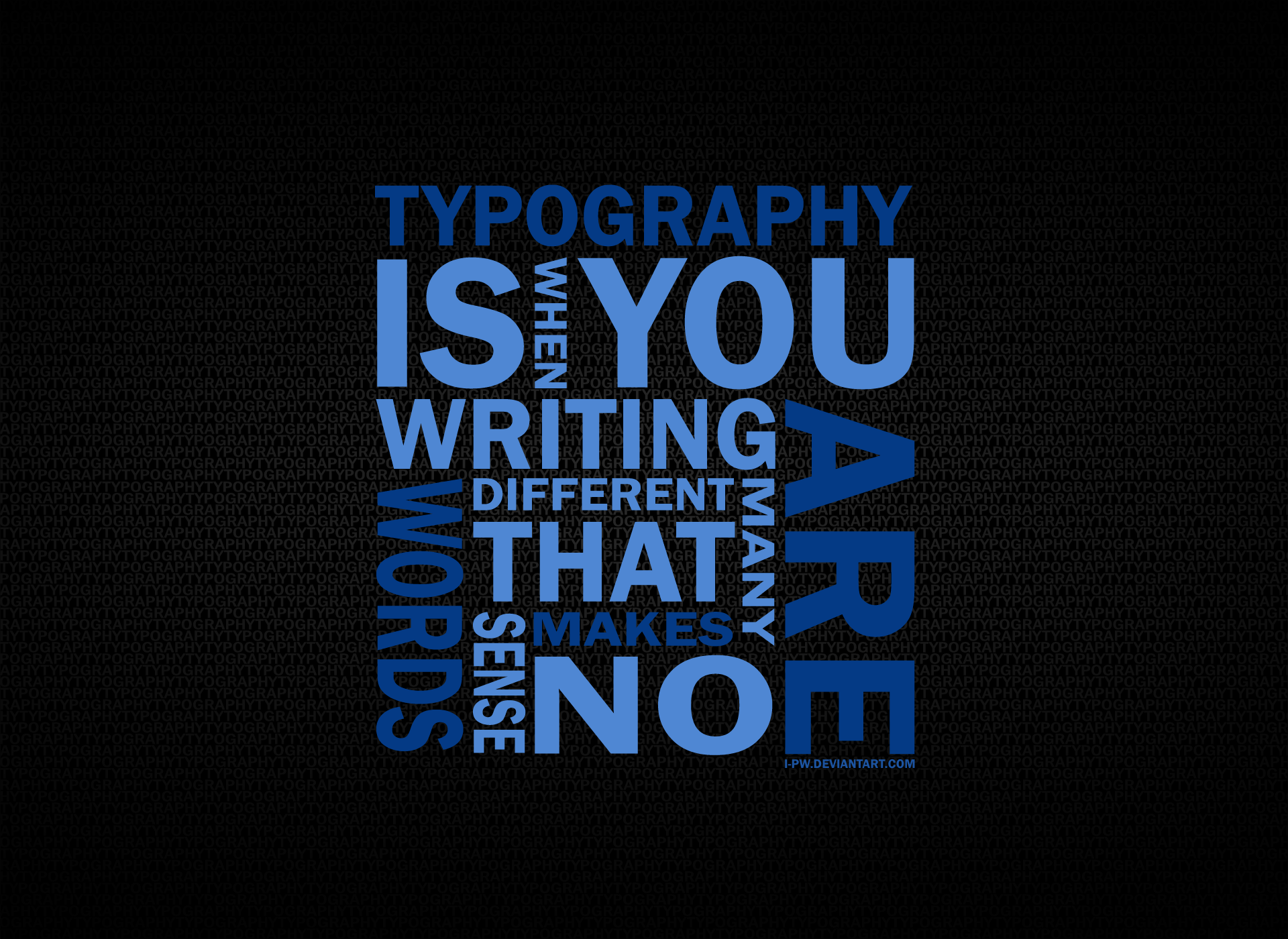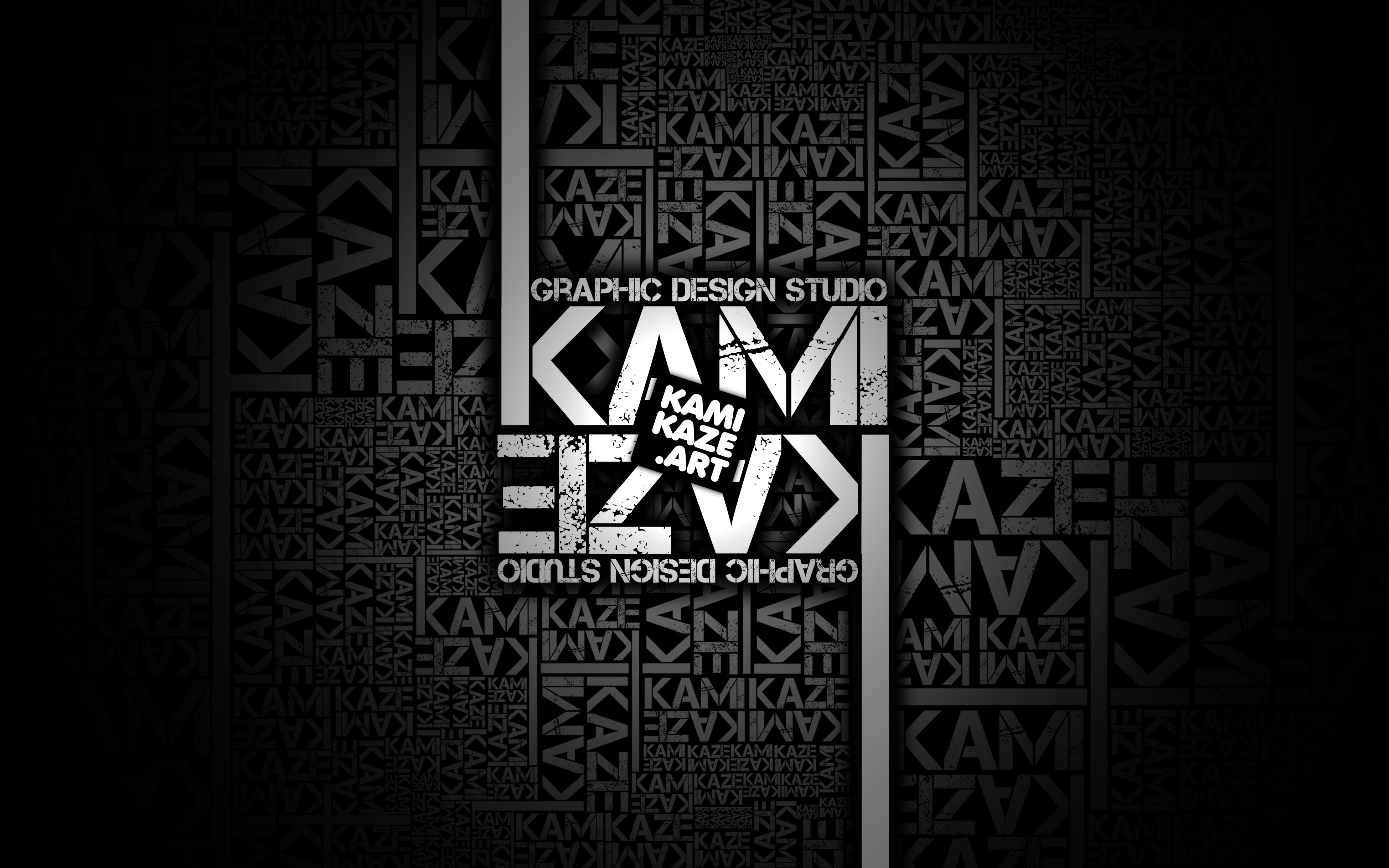What Are Idioms?
Idioms are phrases, sentences or words that show a meaning that should not be taken literally and are grammatically unusual, such as "It's raining cats and dogs" it does not mean that actual cats and dogs are falling from the sky, the actual meaning behind the sentence is that its raining very heavily.
What Are Colour Idioms?
They are still the same however they involve a colour into the meaning, an example of this is "Tom told a white lie" or "Caught red handed", both involve a colour and are an idiom.
My Chosen idioms
The Idioms I have chosen are what I thought I can make in a graphical way and in a fun way with typography, the ones i have chosen are :
Seeing Pink Elephants
Meaning: To see things that are only part of ones imaginationExample: The man was seeing pink elephants according to the people listing to his story
Origin: The first recorded use by Jack London in 1913, who describes one kind of alcoholic man in their autobiography, "the man whom we all know, stupid, unimaginative, whose brain is bitten numbly by numb maggots; who walks generously with wide-spread, tentative legs, falls frequently in the gutter, and who sees, in the extremity of his ecstasy, blue mice and pink elephants".
A reference to pink elephants happens in the Disney animated film "Dumbo", it happens in the scene where Dumbo takes a drink of water fro ma bucket that's been spiked with champagne and he begins hallucinating signing and dancing along pink elephants. the segment is known as "Pink Elephants Parade". Pink elephants actually do exist in nature and its possible for the albino elephants to be pink as well as white.
Blue Blood
Meaning: The blood that which flows in the veins of old and aristocratic families.
Example: Joe was of blue blood and he knew didn't know it
Origin: A literal translation of the Spanish 'sangre azul', attributed to some of the oldest and proudest families of Castile, who claimed never to have intermarried with Moors, Jews, or other races. The expression probably originated in the blueness of the veins of people of fair complexion as compared with those of dark skin.
That was certainly the understanding in the 19th century, and there seems little reason to doubt it. In 1834 Maria Edgeworth published 'Helen', which reiterates that opinion:
"[Someone] from Spain, of high rank and birth, of the sangre azul, the blue blood."
Black Sheep of the Family
Meaning: A disreputable or disgraced member of a family
Example: The man was a black sheep of his family, and failed all his classes
Origin: The first record of 'black sheep' can be found in print from an English Puritan who emigrated to America in 1635, the appropriately named Thomas Shepard, in the evangelical text The Sincere Convert, 1640:
Cast out all the Prophane people among us, as drunkards, swearers, whores, lyers, which the Scripture brands for blacke sheepe, and condemnes them in a 100. places.
Once in a Blue Moon
Meaning: Very rarely
Example: I would eat a pizza once in a blue moon
Origin: Very occasionally, the moon actually does appear to be blue. This sometimes occurs after a volcanic eruption, like that of Krakatao in 1883. Dust particles in the atmosphere are normally of a size to diffract blue light, making the moon appear reddish at sunset. Larger volcanic dust particles diffract red light, making the moon appear bluish.
The 'blue moon' expression with the 'impossibility' meaning is old and dates back to mediaeval England; for example, a work by William Barlow, the Bishop of Chichester, the Treatyse of the Buryall of the Masse, 1528, included a sarcastic reference to a blue moon:
Yf they saye the mone is belewe,
We must beleve that it is true.
Example: I would eat a pizza once in a blue moon
Origin: Very occasionally, the moon actually does appear to be blue. This sometimes occurs after a volcanic eruption, like that of Krakatao in 1883. Dust particles in the atmosphere are normally of a size to diffract blue light, making the moon appear reddish at sunset. Larger volcanic dust particles diffract red light, making the moon appear bluish.
The 'blue moon' expression with the 'impossibility' meaning is old and dates back to mediaeval England; for example, a work by William Barlow, the Bishop of Chichester, the Treatyse of the Buryall of the Masse, 1528, included a sarcastic reference to a blue moon:
Yf they saye the mone is belewe,
We must beleve that it is true.
Typography
Typography is how you set out the text or words on a design, this can be anything from changing the kerning on them for the spacing to the direction they face, what also can have an impact is how they look to fit the theme. If you are talking about fire for example you don't want to use bubble text to show the information that's not the right type, you want it bold and hot and fitting to the theme as close as possible.Basic concepts
Here are some of the most important typographic considerations the professional designers needs to take into account:Size
All typefaces are not created equally. Some are fat and wide; some are thin and narrow. So words set in different typefaces can take up a very different amount of space on the page.The height of each character is known as its 'x-height' (quite simply because it's based on the letter 'x'). When pairing typefaces - such as when using a different face to denote an area of attention - it's generally wise to use those that share a similar x-height. The width of each character is known as the 'set width' - which spans the body of the letter plus a space that acts as a buffer with other letter.
Leading
Leading describes the vertical space between each line of type. It's called this because strips of lead were originally used to separate lines of type in the days of metal typesetting.For legible body text that's comfortable to read, a general rule is that your leading value should be greater than the font size; anywhere from 1.25 to 1.5 times.
Tracking and kerning
Kerning describes the act of adjusting the space between characters to create a harmonious pairing. For example, where an uppercase 'A' meets an uppercase 'V', their diagonal strokes are usually kerned so that the top left of the 'V' sits above the bottom right of the 'A'.Kerning similar to, but not the same as, 'tracking'; this relates to the spacing of all characters and is applied evenly.
Examples of Typography
 |
 |
 |
 |
Golden Ratio
There’s a mathematical ratio commonly found in nature—the ratio of 1 to 1.618—that has many names. Most often we call it the Golden Section, Golden Ratio, or Golden Mean, but it’s also occasionally referred to as the Golden Number, Divine Proportion, Golden Proportion, Fibonacci Number, and Phi.
You’ll usually find the golden ratio depicted as a single large rectangle formed by a square and another rectangle. What’s unique about this is that you can repeat the sequence infinitely and perfectly within each section.

Used in art, the golden ratio is the most mysterious of all compositional strategies. We know that by creating images based on this rectangle our art will be more likely to appeal to the human eye, but we don’t know why.
Using a grid system in your designs is one way to achieve a level of consistency that would be otherwise extremely difficult to master and to portray in your designs. Again, uniformity and consistency are key to creating a website that your users will find easy to navigate, read and understand.
You’ll usually find the golden ratio depicted as a single large rectangle formed by a square and another rectangle. What’s unique about this is that you can repeat the sequence infinitely and perfectly within each section.

If you take away the big square on the left, what remains is yet another golden rectangle. . . and so on.
The Golden Ratio in Art and Architecture
The appearance of this ratio in music, in patterns of human behaviour, even in the proportion of the human body, all point to its universality as a principle of good structure and design.Used in art, the golden ratio is the most mysterious of all compositional strategies. We know that by creating images based on this rectangle our art will be more likely to appeal to the human eye, but we don’t know why.
Grid Systems
In its most basic terms, a grid system is a structure comprising a series of horizontal and vertical lines which intersect and are then used to arrange content. In other words a grid system is a way of providing a system that designers can work with to structure and present content and imagery in a much more readable, manageable way.Using a grid system in your designs is one way to achieve a level of consistency that would be otherwise extremely difficult to master and to portray in your designs. Again, uniformity and consistency are key to creating a website that your users will find easy to navigate, read and understand.
A good user experience is created by engaging with your user and building a sense of familiarity with them - and a grid system helps you to do that by providing a solid base that you can grow your design from.

No comments:
Post a Comment